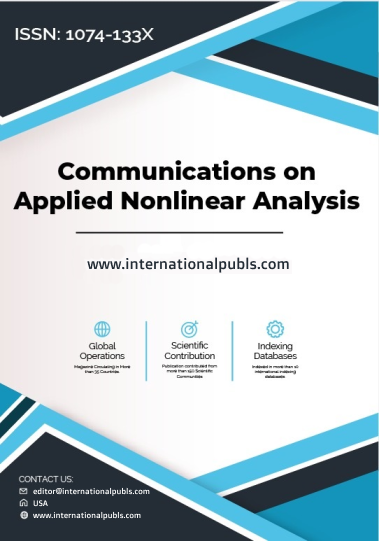Quantitative Analysis of Urban Transformation using Remote Sensing Data and Machine Learning Approach
Main Article Content
Abstract
Urban areas are always changing, which makes it hard for planners and lawmakers to keep an eye on growth and handle it well. Combining remote sensing data with machine learning methods is a new way that this study suggests to look at how cities are changing quantitatively. We get a lot of spatial and spectral information from high-resolution satellite images that help us describe urban areas in more detail than ever before. As part of our method, we preprocess satellite images to pull out useful information like land cover, land use, and the shape of cities. Then, these features are fed into machine learning methods like convolutional neural networks (CNNs) and support vector machines (SVMs) to sort and look at how cities have changed over time. We show that our method works by doing a lot of tests and experiments to make sure it can correctly find and measure urban transformation processes, such as population growth, changes in land use, and infrastructure development. We also look at how this method could be used in different urban planning and management situations, like finding places that are likely to grow quickly, figuring out what effect policy changes will have, and guessing how cities will grow in the future. To look at how cities are changing, satellite pictures are used with both guided and unstructured classification methods. For algorithm research, the software tool Arc GIS Pro is used. As more people move to cities, the Nagpur city area has changed a lot. From 2005 to 2023, development went from 7% to 30%. This method can be used to keep an eye on changes in land use, city growth, and the natural impacts of city growth.
